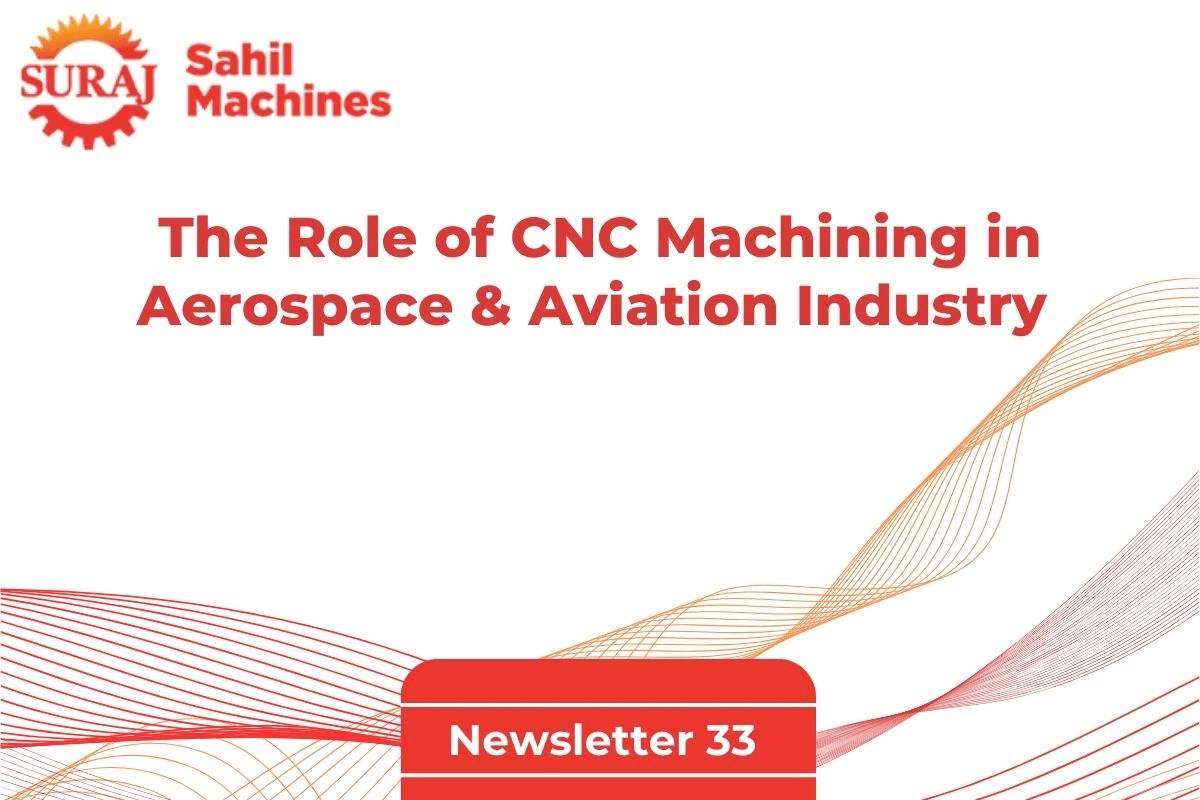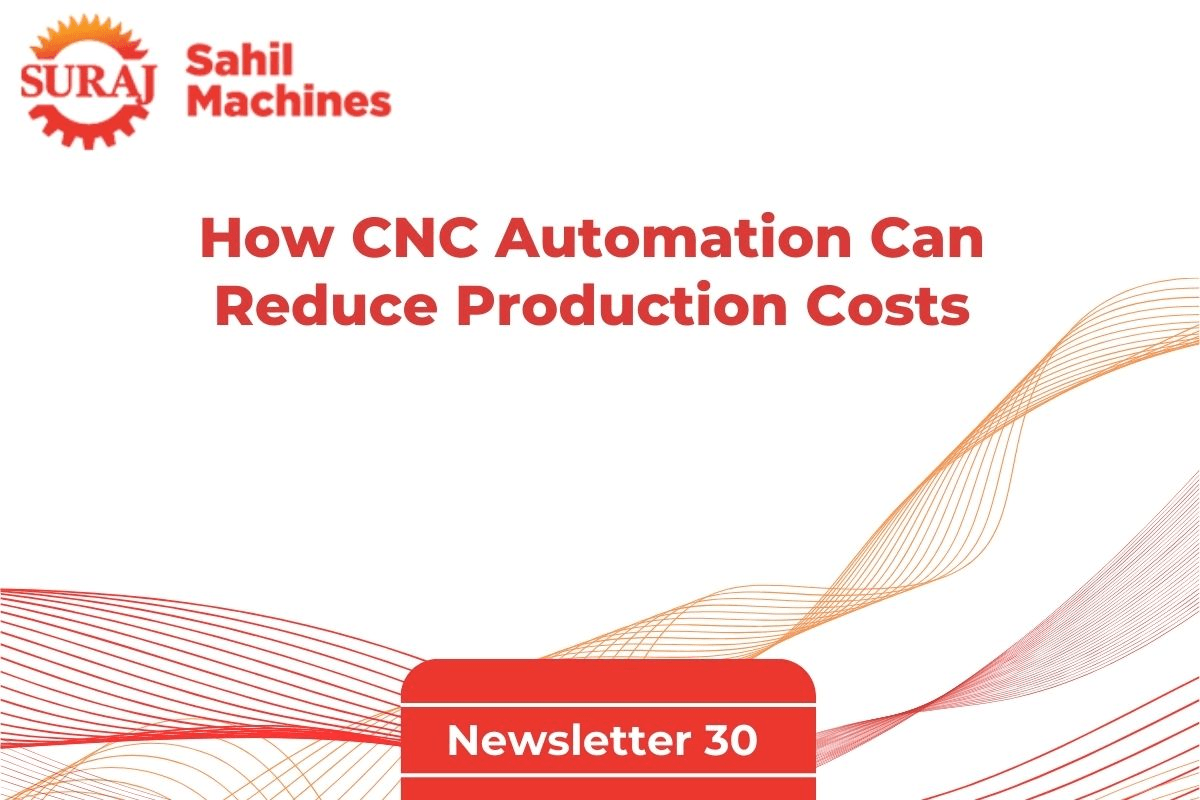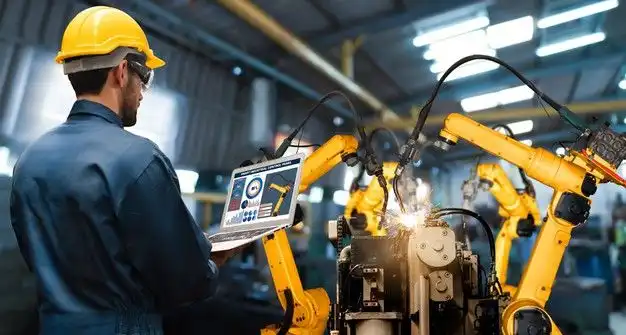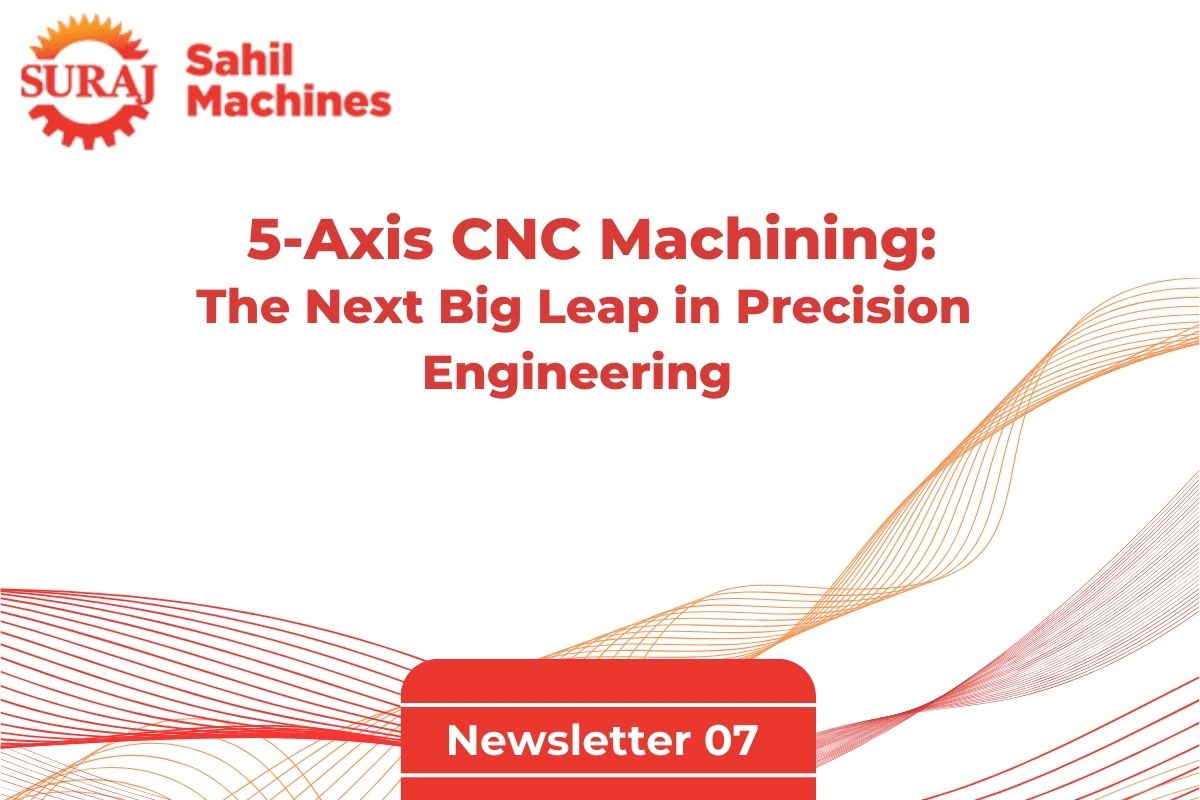The Evolution of CNC Machines: From Manual to Fully Automated Systems
Introduction The CNC (Computer Numerical Control) industry has undergone a revolutionary transformation over the decades. What once required extensive manual labor has now evolved into a world of precision-driven, automated systems. From early manual lathes to today’s AI-powered CNC machines, this journey showcases the power of technology in manufacturing. Let’s explore the major milestones in the evolution of CNC machining.

-
The Era of Manual Machining Before the advent of CNC technology, manufacturers relied on manual lathes, milling machines, and grinders. These machines required skilled operators to manually control cutting tools and maintain accuracy. However, manual machining had its limitations: Time-consuming production process High dependency on operator skills Prone to human errors affecting precision
-
The Birth of Numerical Control (NC) Machines (1940s-1950s) The first major breakthrough came with Numerical Control (NC) machines in the late 1940s. These machines were programmed using punch cards, reducing human intervention and improving accuracy. First step toward automation Enhanced repeatability in manufacturing Limited flexibility due to hard-coded programs

- The Rise of CNC Machines (1960s-1980s) The introduction of Computer Numerical Control (CNC) in the 1960s revolutionized manufacturing. Machines were now controlled by computer programs, allowing greater precision and efficiency. G-code programming enabled complex machining Increased productivity with minimal errors Ability to manufacture intricate components for aerospace, automotive, and medical sectors.

-
Multi-Axis & High-Speed CNC Machining (1990s-2000s) As industries demanded higher precision and complex designs, multi-axis CNC machines became the norm. The introduction of 5-axis and high-speed machining led to a new level of efficiency. Faster production with reduced setup time Advanced toolpath optimization for intricate geometries Reduced material waste and improved surface finish
-
The Automation & Industry 4.0 Revolution (2010s-2020s) The fourth industrial revolution introduced smart manufacturing powered by IoT, AI, and robotics. This led to lights-out manufacturing, where machines operate with minimal human intervention. Real-time monitoring with IoT sensors AI-driven predictive maintenance reducing downtime Robotic automation ensuring 24/7 production
-
The Future: Fully Autonomous CNC Systems (2025 & Beyond) Looking ahead, CNC machining is set to be fully autonomous with AI-powered decision-making, digital twin simulations, and hybrid CNC + 3D printing technology. Digital twin technology for real-time machine simulation AI-driven toolpath optimization for maximum efficiency Sustainable machining with energy-efficient motors & eco-friendly coolants Conclusion From manual operations to fully automated systems, CNC machining has transformed the manufacturing landscape. The future promises even greater advancements, making production faster, smarter, and more sustainable. Sahil Machines is at the forefront of this evolution, providing cutting-edge CNC solutions for industries worldwide. Visit us:www.sahilcnc.com Inquiries:info@sahilcnc.com Follow Sahil Machines for more CNC industry update !



































Get in touch with us about anything.
Connect with our team to explore the alloy solutions and machinery expertise you need.

